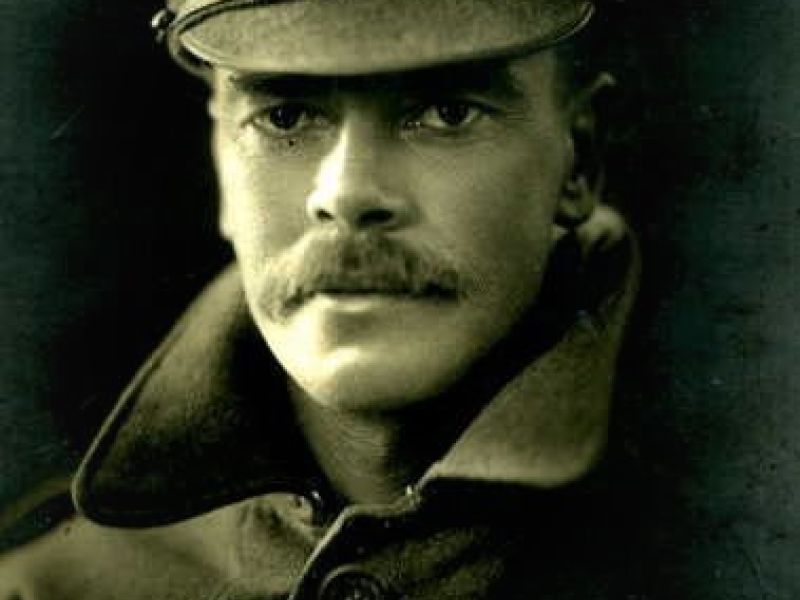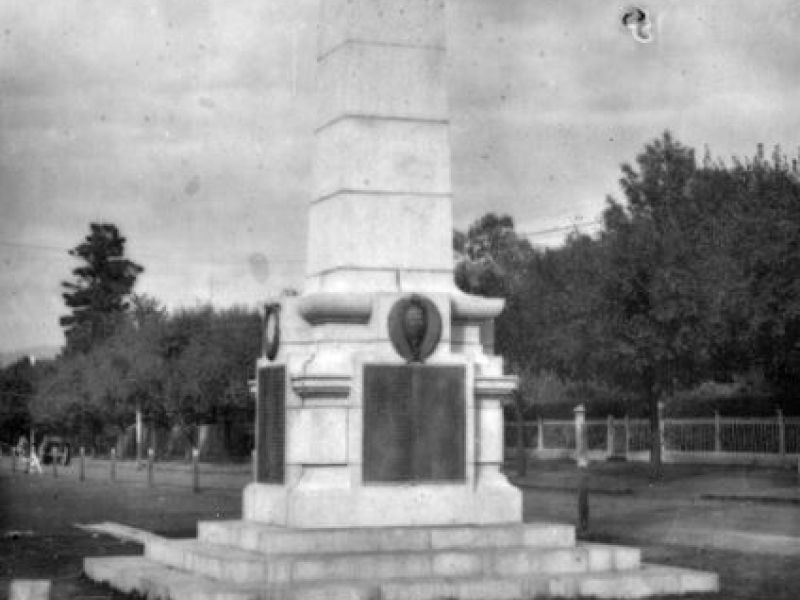4245 Private John Edward Painter, 50th Australian Infantry Battalion, AIF
John Painter was born on 18 January 1878 in the Adelaide suburb of Kensington, one of ten children born to railway worker Charles Painter and his wife Annie. After attending St Andrews Church of England Day School, he went on to become a clerk and civil servant. During his youth he also joined the Adelaide Rifles and served in the Militia. In 1906, he married Gertrude Ida Sullivan at St Andrews Church in Walkerville before settling in the suburb of Norwood. In December the following year a son, Rowland, was born to the couple.
John Painter enlisted in the Australian Imperial Force on 16 August 1915. He was assigned to reinforcements of the 10th Battalion and began training in Australia. In January 1916 he embarked for active service from Adelaide on board the troopship Borda.
Painter reached Egypt in late February and was transferred to the 50th Battalion during the expansion of the AIF. Painter became ill and spent some time in hospital before embarking for France in June 1916.
He arrived on the Western Front later that month and his war began in earnest. In August 1916, after attacks around the French village of Pozieres, the allies turned their attention to the nearby ruins of Mouquet Farm, located in a strategically important position on the ridge extending north-west from Pozieres. The cellars of the farm had been incorporated into German defences, making it a dangerous objective for advancing troops.
On the night of 14 August, Painter’s battalion attempted to advance their position and consolidate their new line. Painter was badly wounded during the attack. His comrades carried him back behind the lines, hoping to return to him after the battle. They placed him in a trench and propped up his head with a blanket, leaving a bottle of water within reach.
Two days later, Captain Tennyson Clark returned to the front lines to sketch the battlefield. There he found Private Painter in the trench where his comrades had left him. Painter was conscious, but badly wounded in the head and in both legs. Clark arranged for stretcher bearers to go back for Painter, but by the time they arrived, he was dead.
Despite having located his body, Private Painter remained listed as wounded and missing for several months. His widow received several letters with conflicting reports of her husband’s fate, including one from Clark, detailing Painter’s final moments.
She later wrote to Base Records: “I received a notice from you that my husband had been reported wounded. Since then I have had a letter from a comrade who said he had been badly wounded during August. This morning I received another letter from another comrade who said he had been killed in action … I am very very anxious … please let me know any particulars about my husband.”
In June 1917, a court of enquiry ruled that Painter had been killed in action on 16 August 1916. His comrades remembered him as a hard-working, dutiful soldier who was a popular man in his battalion.
Private Painter was later buried at Serre Road No. 2 Cemetery, France. He was 38 years old.

 Australian War Memorial
Australian War Memorial